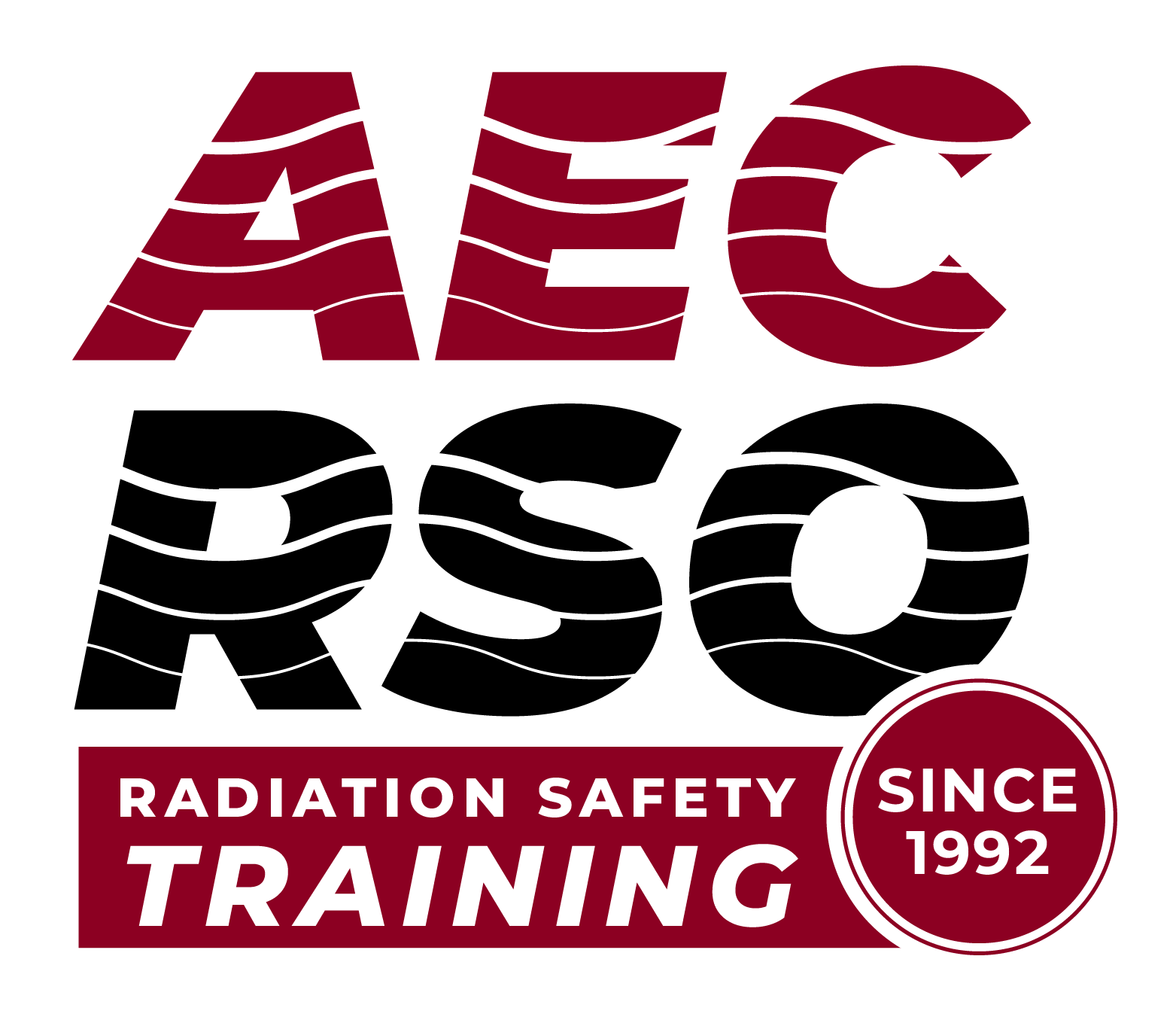TOPIC 4: The ALARA Concept
Lesson 6 Let’s explore a new term ALARA.
—
ALARA is a philosophy that every facility must follow. ALARA assumes that if exposures can be limited, even more than the authorized limit, then it is beneficial to the employee. Every year the RSO must look at the facility’s radiation safety program and see if there are ways to reduce dose to the workers, the public and the environment. This is also a tool for the employees to use. If they can find ways to reduce exposure to workers, they can present it to the RSO.
—
There are assumptions and stipulations that go along with the ALARA concept. The biggest assumption is that any radiation exposure could be harmful. This accepts the Linear No Threshold (LNT) theory as a conservative way to ensure that dose levels will be set at very safe levels.
Remember that the Linear No Threshold (LNT) theory assumes that every increase in dose carries a risk of harmful effects, no matter how small that dose is. Dose limits are then set at very low levels where no health effects have ever been observed, but it is assumed that a risk of those effects may exist and it should be reasonably avoided. ALARA adds an “insurance policy” to the limits. Let’s consider that a little further.
—
The International Commission on Radiological Protection (ICRP) recommends that the following three principles should be observed:
- Justification – the net benefits from activities that include radiation exposure must exceed the risks
- Optimization – exposure to radiation shall be kept As Low As Reasonably Achievable (ALARA)
- Protection – all doses shall remain below the set limits.
Justification for a person in this course is that you receive a small occupational radiation dose that is considered by regulators to be safe in exchange for wages and benefits of a job. These same principles hold for workers in the medical field, but exceptions are made for patients when large doses that are well beyond the limits are used to detect or cure fatal diseases. In those cases, the life-saving benefits outweigh the excess risks.
Protection via set limits is discussed elsewhere in this course. The basic limits are: 1,250 mrem/quarter and 5,000 mrem/yr for a radiation worker; 500 mrem/gestation for a pregnant worker; and 100 mrem/yr for a member of the public.
—
Optimization is keeping doses ALARA. Doses, costs, and benefits are optimized well below the limits such that doses are as low as practical, not as low as possible. Any unnecessary exposure should be avoided, and all exposures should be kept as low as reasonably achievable – which means economic and social factors are being taken into account. Optimization balances costs and benefits. Benefits result from radiation protection efforts, but also from using those same resources elsewhere. There is also an assumed detrimental cost to the working population receiving the radiation dose, but they benefit from employment and there can be other safety benefits from using ionizing radiation to perform some tasks.
A company can put the ALARA principle into practice with administrative procedures, engineering controls, and other methods. The three fundamental techniques that you can use to minimize doses in your daily job duties are Time, Distance and Shielding. Common sense will always play an important part in how these are applied.
—
A stipulation of this principle is that the cost and benefit of reducing doses to workers must be reasonable. Reasonable is a subjective term. ALARA is NOT “as low as possible” and the benefits must be worth the cost
—
NOT as low as possible – benefits must outweigh the cost of avoiding a dose. This is a concept that can be discussed with an inspector. Sometimes inspectors may not have the knowledge of the operations of the facility and may want protections that are not reasonable.
For example, is it reasonable for an inspector to expect a plant to implement their emergency response procedure and evacuate their plant for a minor spill. No – due to the financial burden and loss of work.
—
ALARA takes cost into consideration. If the cost far outweighs any benefit, then it is not reasonable. But, if the benefits far outweigh the cost, then it is reasonable.
